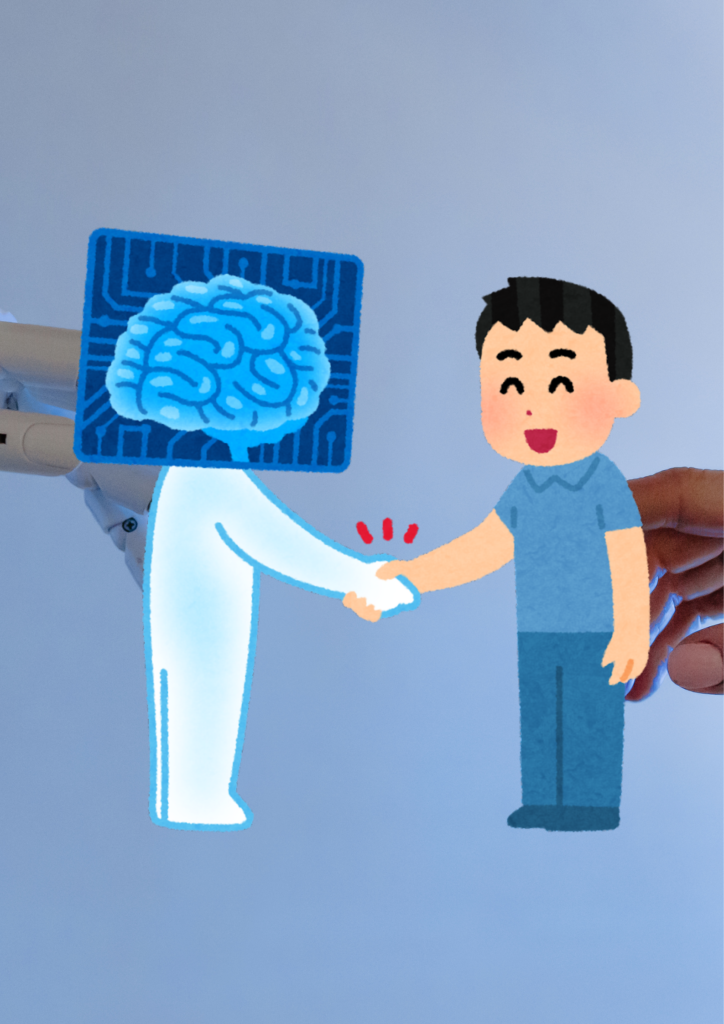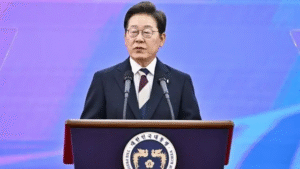The Evolving Dance: A Symbiotic Journey of AI Adaptation

The transformative power of Artificial Intelligence (AI) has sent ripples across every facet of human life. From the self-driving revolution on our roads to the dawn of personalized medicine, AI promises to fundamentally alter our world. However, to truly realize this potential, AI systems must possess a critical faculty: adaptation.
Unlike their static software counterparts, AI systems are designed to be dynamic learners, constantly honing their abilities over time. This learning process, known as machine learning, involves algorithms sifting through vast troves of data to identify patterns and correlations. However, the true strength of AI lies in its capacity to translate these learnings into real-world scenarios. Much like humans refine their behavior based on experience, adaptable AI can adjust its actions in response to new information and a continuously evolving environment.
Learning from Experience: The Key to Continuous Improvement
Imagine an AI-powered recommendation engine on a bustling online marketplace. It meticulously analyzes your past purchases and browsing patterns to curate a selection of relevant products. But what happens when your tastes take a sudden shift? An adaptable AI should seamlessly adjust by learning from your new interactions, ensuring the system remains perpetually relevant and effective in a world characterized by constant flux.
Navigating the Unknown: Adaptability Ensures Safety and Efficiency
The real world, however, is far from predictable. Unforeseen circumstances, novel data streams, and ever-changing user behavior are the very fabric of our existence. In such a dynamic landscape, rigid, pre-programmed AI systems falter, leading to inefficiencies and errors. Consider a self-driving car encountering an unexpected accident on the road. A system reliant on a pre-defined route would struggle to navigate this situation safely.
An adaptable AI, on the other hand, possesses the remarkable ability to assess the unexpected obstacle, dynamically adjust its course of action, and prioritize passenger safety. This capacity to react to the unforeseen fosters trust in AI, paving the way for its integration into even more complex domains like healthcare and autonomous vehicles.
Beyond Efficiency: Tailoring AI to Diverse Needs
The true beauty of AI adaptation lies in its ability to cater to the nuanced tapestry of human needs. An AI-powered customer service system can personalize its responses based on the specific emotions and frustrations expressed by individual customers. Similarly, in the realm of education, adaptable AI tutors can tailor their teaching styles to match the unique learning pace of each student. This level of customization ensures AI doesn’t become a one-size-fits-all solution, but rather a powerful tool that can adapt to individual preferences and situations.
Furthermore, adaptation empowers AI systems to seamlessly function across diverse cultural contexts and languages. This is paramount for ensuring equitable access to AI-powered solutions on a global scale, fostering a future where the benefits of AI are not confined to a select few.
Challenges and Opportunities: The Road Ahead for AI Adaptation
Of course, the road ahead for AI adaptation isn’t devoid of challenges. Ensuring interpretability within these systems and mitigating the inherent biases present in training data are crucial considerations. We must strive to understand how AI arrives at its decisions and actively combat any potential biases that may be present in the data used for its training.
However, the opportunities presented by AI adaptation far outweigh the challenges. By fostering continuous learning and adaptability, AI has the potential to become a true collaborator in human progress. As we refine our techniques in this field, we unlock a future where intelligent systems not only keep pace with our ever-changing world but actively contribute to shaping a brighter tomorrow. This symbiotic dance between humans and adaptable AI holds the key to unlocking a future brimming with possibilities.




















